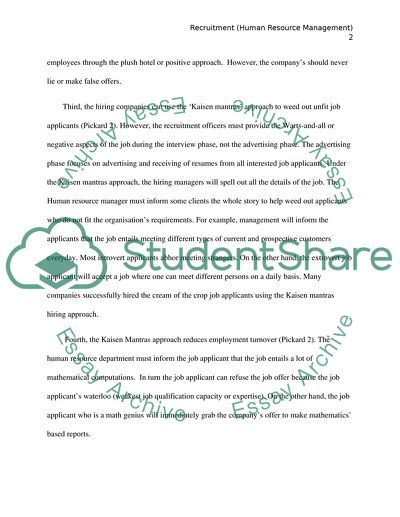Cite this document
(“Recruitment Policy Case Study Example | Topics and Well Written Essays - 1750 words”, n.d.)
Retrieved de https://studentshare.org/human-resources/1446471-recruitment-human-resource-management
Retrieved de https://studentshare.org/human-resources/1446471-recruitment-human-resource-management
(Recruitment Policy Case Study Example | Topics and Well Written Essays - 1750 Words)
https://studentshare.org/human-resources/1446471-recruitment-human-resource-management.
https://studentshare.org/human-resources/1446471-recruitment-human-resource-management.
“Recruitment Policy Case Study Example | Topics and Well Written Essays - 1750 Words”, n.d. https://studentshare.org/human-resources/1446471-recruitment-human-resource-management.


